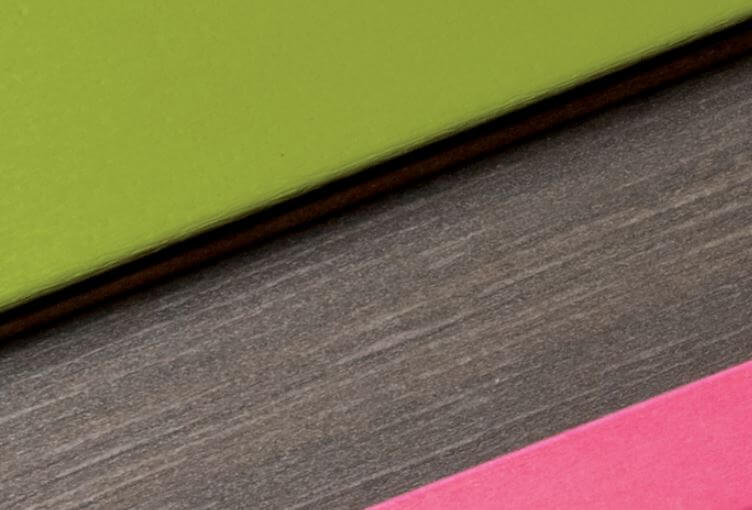Pros and Cons of Using Plastic Lumber to Build Furniture

Plastic lumber is an optimal alternative material for many projects, but what about building furniture? Choosing the right materials can be challenging. Many are turning to plastic lumber as an alternative. Let’s consider the pros and cons of using plastic lumber to build furniture.
Pros
Functions Like Wood
Wood is such a popular choice for building materials in part because it is what people have used since time immemorial. As such, wood is predictable. An experienced builder knows how it behaves and how to manipulate it.
One of the nice things about plastic lumber is that, in many ways, it can be used similarly to wood. Contractors can drill, cut, and secure it to other surfaces using the same tools they use on wood, making it an easy adjustment.
Eco-Friendly
Although plastic lumber and wood are similar in structure, they are different in how their production impacts the environment. Every year, lumber yards cut down billions of trees, a higher number than the trees that are planted. Plastic lumber, on the other hand, doesn’t require any trees to be cut down and is produced using recycled materials.
Durable
Our furniture goes through a lot on a given day, especially outdoor furniture. Fortunately, plastic lumber is known to be resistant to splintering and isn’t prone to termites and rot like wood furniture. Plastic lumber is also completely waterproof, which allows it to stand up against inclement weather.
Cons
Can’t Apply Paint or Stain
While plastic lumber’s waterproof characteristics make it resistant to the ravages of rain, it also keeps out other sources of moisture—specifically, it makes it resistant to paints and stains. In other words, homeowners usually find it difficult to change the color of their furniture once they’ve built it.
Plastic lumber does come in several colors, however, and the colors are resistant to fading. So, once a homeowner chooses the right color, they won’t have to worry about repainting.
Increased Weight
Many are surprised to find that plastic lumber is heavier than traditional lumber. This can make it a little more strenuous to work with and labor intensive to move. However, this will keep outdoor furniture from being blown away by extreme winds.
Is Plastic Lumber Right for Your Project?
Once you’ve considered the pros and cons of using plastic lumber for furniture, you’ll be able to decide whether it’s the right choice for you. Any DIY project that uses traditional lumber can be substituted for plastic lumber if a homeowner chooses. And if the homeowner values durability and sustainability, plastic lumber is an excellent choice.
Shop Tangent Materials for woodgrain HPDE sheets that are perfect for any DIY furniture project.












